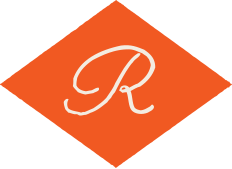Richard's Photographer Spotlight: Michael Radford
Michael Radford's approach to fine art photography is influenced by pure, natural light. In fact, raw and unforced beauty seems to be a theme in all he does, from finding inspiration through local artisans and surfers to his recent Film & Flora Workshop along with Tinge, a collaborative event for photogs and florists.
Today in Richard Photo Lab's Photog Spotlight, Mike is sharing his invaluable pre- and post-shoot rituals, the photogs who influence him, and how photography went from being his high school hobby to a flourishing career!
Richard: What first sparked your passion for photography?
Mike Radford: My passion for photography started when I was in high school. I wasn't taking any classes, but I was really interested in photographing my friends surfing, skating, or playing music. At the time, I was only shooting plastic disposable cameras, but I was already learning about composition and film processing. After high school, I finally purchased my first DSLR and started traveling across the country photographing bands. It was then that I realized how much I loved taking photos and that wanted to purse it as my career. In college, I decided to switch my major to focus on photography.
My first real mentor was Joel Maus, photographer and owner of Studio EMP. I reached out to him for my final college internship. While working there, he taught me a lot about photographing weddings, how to work with people, and the back end of the business. Joel and his wife, Jeni, are honestly the nicest people, and I couldn’t have asked for better role models.
After I graduated, I ended up back in school studying photography again, but this time focusing more on the fine art aspect of it. This is where I really learned to love film. So much of what I loved in the beginning is the standard, geeky stuff that people always talk about--the smell, the darkroom, seeing your prints appear before your eyes in the tray of developer. This was a turning point for my career.
I wanted to focus more on film and luckily I had just met Jill Thomas, who pushed me to shoot more film. She is such an amazing photographer and all-around creative, and was always doing stuff that seemed so different and cutting edge compared to other photographers. She definitely changed the way I looked for inspiration. I was able to figure out my voice and how I wanted to shoot weddings, portraits, families, etc.
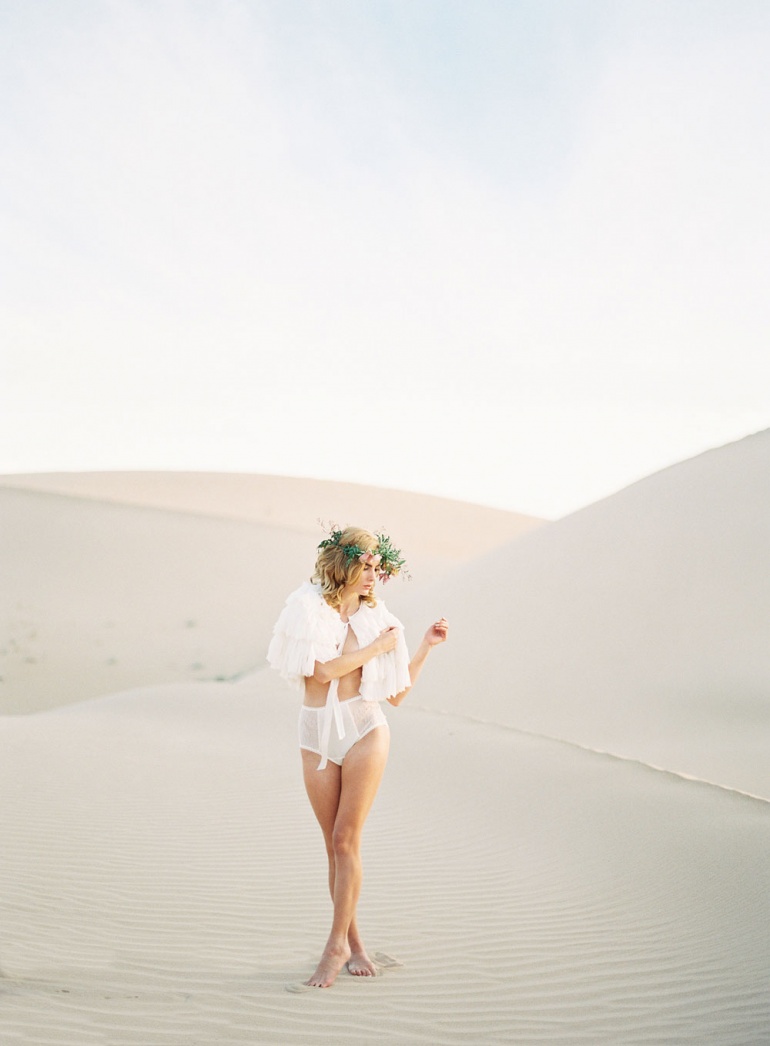
R: Making the leap from photography as a personal passion to a paying gig is a big one... how did you decide to pursue it as a career?
MR: It took a while for me to become a "professional photographer" and not just the friend with the "nice camera". Making the switch from working a real job to shooting for a living was definitely scary--when you are just shooting for fun, there is no pressure and no client, it's just whatever you feel that day.
For me, there were a lot of ups and downs. At first, I was able to shoot weddings here and there while maintaining a stable job. At the time, I was in school, working, shooting on the weekends, and putting my wife through a graduate program. Eventually, I couldn't balance work and school with my photography, and decided to quit the job I had to focus more on my business.
In the beginning, it was super stressful--but I could tell that the more time I spent fine-tuning my website and keeping up on my emails was paying off. I was able to get more work, and now I had more time to photograph personal work as well, which has played an enormous role in the way I shoot.
R: When you aren't shooting for clients, what do you LOVE to photograph?
MR: When I’m not shooting for clients, you can find me shooting personal projects. When I work from home a lot, I tend to browse ebay for cameras, always looking for something fun and different to shoot. Anytime I buy a new camera, it sparks all sorts of new inspiration for different types of work. I just bought this old Nikonos V underwater camera, and started taking it down to my local surf spot.
I also love shooting local artisans and artists. I have this project, the Makers Project, that I have been working on for the past few years; it focuses on inspirational people who work with their hands. A lot of my personal work is shot on Tri-X. It changes the game a little bit when you get rid of color and focus more on light and composition. Plus, there is something classic about a good black and white portrait. I also have a baby on the way, and I know once he is here, I will have a whole new love for black and white photos.
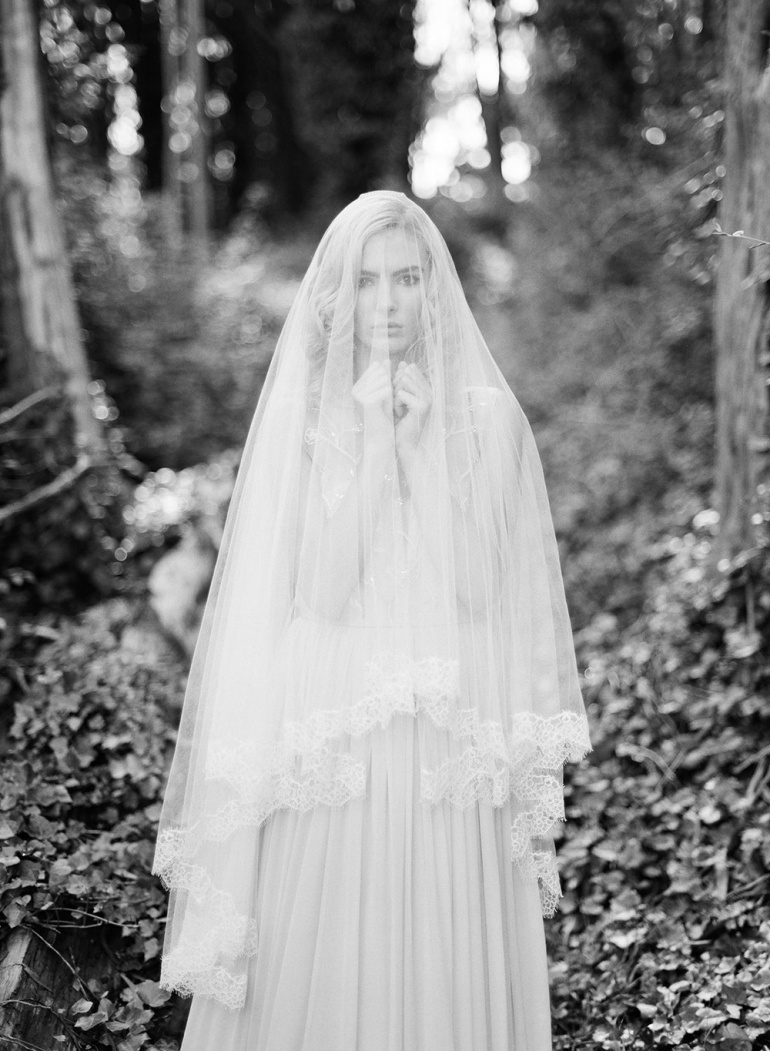
R: How do you find a balance between being creatively fulfilled and paying the bills?
MR: There are two different ways I find that balance. The first is that I really love photographing weddings. I have always felt that it's really a test of all different forms of photography--you have portraits, food photography, landscapes, still life, travel and so on. One of my approaches to weddings is to constantly challenge myself and to be as creative as possible at each shoot. When I show up to a wedding, I definitely shoot for my clients, but I also shoot for myself by trying unique poses or different lighting from what I would usually shoot.
The other way I find balance is controlling the direction I want my business to go. When I started the Makers Project, it was originally just a creative outlet. I thought, "Cool, I will go hang out with all these super creative people and get inspired". After I started showing the project, people started reaching out asking to use it for magazines and online publications, and I started making money off of something that I would have been doing regardless. This is where I really learned how important personal work is--you never know what kind of opportunities might come of it.
R: What is your favorite camera?
MR: This is kind of a tough question, as I love all my cameras for different reasons. In my opinion, nothing is better than shooting on a 4x5. I have shot a few times with a Toyo field camera. Although shooting a 4x5 camera is a big challenge, receiving the negs back from the lab is just mind-blowing. You have to load the film into the inserts, making sure the emulsion side is facing the right way, then don't forget to take the dark slide out after you focus using a loupe--and adjusting the depth of field is, like, millimeters. The whole process is crazy, but the results are tack-sharp portraits or landscapes that have so much depth. It's amazing!
Just take a look at David Burnett's photos from the Olympics. Talk about standing out. The guy is in the midst of a million Canon and Nikon pros with huge 400mm lenses, and he's using a Speed Graphic, and his images look insane! For weddings and normal portraiture, though, the Contax with the 80mm is my go-to. I love the ease of use, it feels just like my SLRs, and the quality of the photos is amazing.
R: What's your first memory of shooting film, and why do you continue to shoot it as a pro photographer?
MR: My first film experience was shooting Acros through a Nikon N70. I was taking a photography class, working on a project that consisted of shooting rain drops and flowers. At the time, I was terrified of film, and I figured my images weren't being exposed properly. I didn't quite understand using the in-camera light meter or the zone system, so I was basically using it as a point-and-shoot. Lucky for me, I was mainly shooting in open shade, so my negs were better than I expected them to bel.
I continue to shoot it now for a multitude of reasons. Film has a look and feel that I love--the depth, texture, contrast and beautiful color rendition. I also love the way it makes me shoot. I don't spend so much time editing, and we all know that black and white darkroom prints are pretty much unbeatable! Of course, there is a bit of a nostalgic thing going on for me, as well. I love that I was able to learn the craft of photography like I did, and that I can shoot on pretty much any camera or medium that is presented to me.
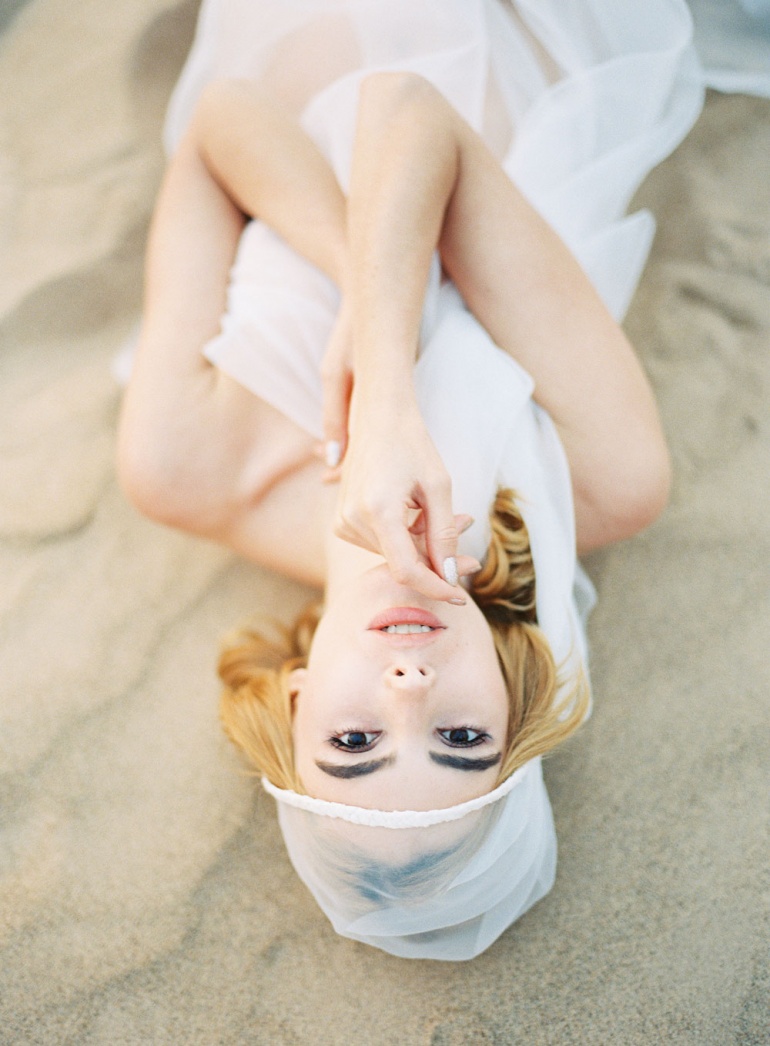
R: Why is it important to have continuous communication with your lab(s)?
MR: Keeping constant communication with your lab is extremely important. Your lab is the biggest variable in your business, and they need to know what you are thinking at all times. You aren't there to push your film exactly how you want it, or direct the scanner to match the colors you want. So, making sure that you are constantly voicing your current wants and needs is super important.
Not all film stocks are the same. With my personal work I am always trying out different films, whether it's Ektar or some chrome, and I usually want it processed slightly different than my normal work. I feel like my eye is always changing with how I see color and contrast. Keeping in contact with Richard Photo Lab and saying, "Hey, I'm not feeling the yellows and warmth in my scans as much anymore. Can we tone them down and keep it a little more neutral this year?" is crucial. I am super particular when it comes to my work, so knowing what is going on at all stages is important.
R: Do you have any pre-shoot rituals?
MR: I have a ritual that I actually learned from a friend of mine (who isn't even a photographer). About a year ago, I started writing things down before and after a wedding or shoot. Before a wedding, I am writing down goals, things I need to remember, and challenges. I love to incorporate different cameras and formats into my professional work, so I write down personal challenges pertaining to those cameras, as well as my regular gear, too. Sometimes it is a simple composition I want to try, or a double exposure, and other times it's areas that I feel I need to improve on. After the wedding, I write down things I felt I could have done better, things I forgot, and things I want to try next time. It has helped a lot, and it is a fun way to challenge myself at a wedding. For smaller shoots, I try to work through the shoot in my head and think about how I want to make it flow beforehand. This helps me move through poses and locations without missing something.
R: Let’s play a game of “Either/Or”! Savory or sweet?
MR: Sweet.
R: Chocolate or vanilla?
MR: Chocolate.
R: Dogs or cats?
MR: Cats for sure! #mrphin
R: Urban or rural?
MR: Rural (I love the mountains).
R: Vintage or modern?
MR: Vintage.
R: Biggie or Tupac?
MR: Biggie.
R: Warm weather or cold weather?
MR: Cold weather--you can always put on more jackets!
R: Early bird or night owl?
MR: Early bird.
R: Crossword or Sudoku?
MR: Sudoku.
R: Breakfast or dinner?
MR: Breakfast.
R: Batman or Superman?
MR: Batman.
R: Historical Non-fiction or SciFi/Fantasy?
MR: Historical Non-fiction.
R: Comedy or drama?
MR: Drama.
R: Truth or dare?
MR: Dare.
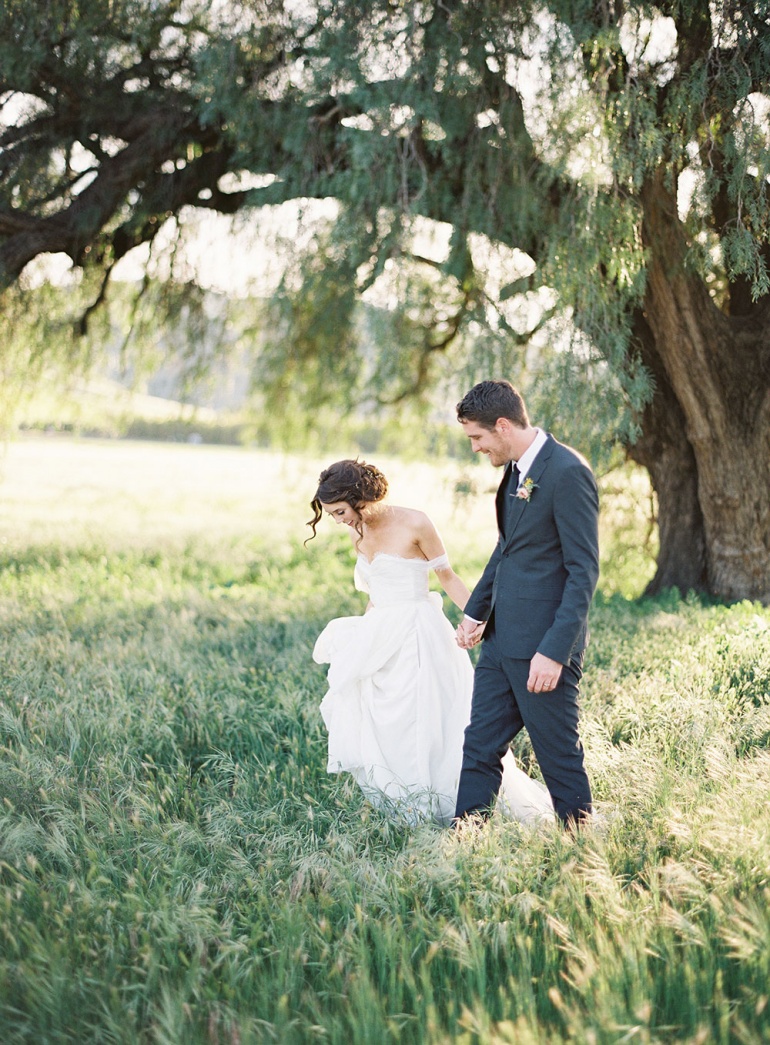
R: What song do you listen to to get pumped up?
MR: I don't know about getting pumped up, but Washed Out helps me get in the zone. Also, I love old school soul. You can't deny the fact that James Brown puts you in a good mood.
R: If you weren't a photographer, what would you be when you grow up?
MR: If I wasn't a photographer, I would love to do something creative where I would work more with my hands. The idea of taking raw materials and creating a functional piece of art is exciting. Maybe a ceramist or woodworker.
R: If you were a super hero, what would your super power be?
MR: I would want the ability to be in multiple places at once. Send emails, edit, backpack, surf, shoot a wedding... all at the same time.
R: What is your favorite word, and why?
MR: "Outside". I always want to be outside whether I am working or playing.
Posted in All Interviews
